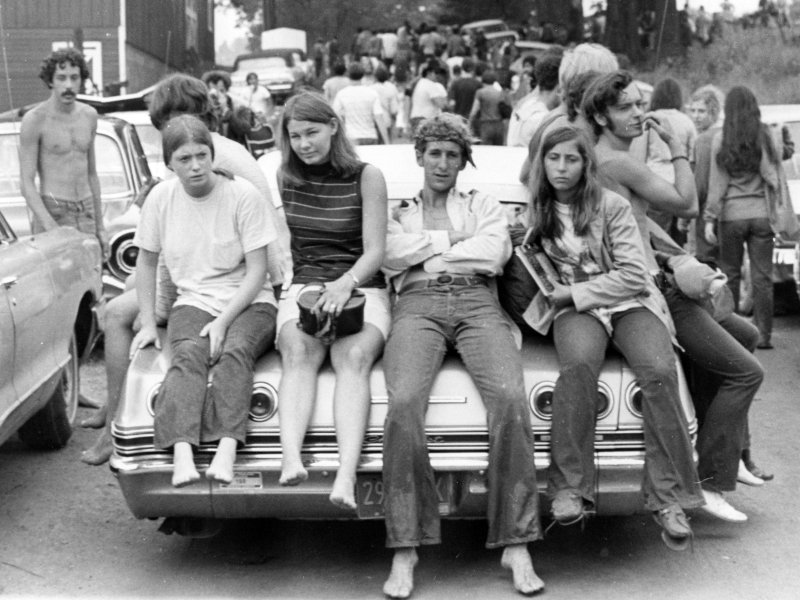Views expressed in opinion columns are the author’s own.
The hippie movement can be seen everywhere in mainstream fashion. Major brands such as Urban Outfitters have long advertised hippie dresses, pants and jewelry. Fashion catalogs commonly flaunt pages of expensive clothing modeled after the care-free items worn by the original hippies of the 1960s and 1970s.
But a great irony lingers behind these pages. What was once a movement rejected by the public has become a popular clothing trend. However, this popularity has made a mockery of the hippie movement, its mission and its brave rejection of the mainstream.
The hippie movement largely followed the course of the Vietnam War. The early years of the war marked its beginnings while the end marked its decline. And while it simply began as a movement opposing the war, it quickly transitioned into a way of life practiced by those who would not accept the rigid system of capitalism. Their opposition, initially against the war, also included a broader distaste for materialism and the exclusive society of America’s middle class.
Along these sentiments came a distinct style of dress, which constituted part of the hippie rebellion. They dismissed the tight and conventional and embraced the loose, colorful and unpopular. They did not follow the common fashion nor did they try to make their style mainstream. They dressed inexpensively and often lived communally to avoid the needless finances of a costly lifestyle. It was their silent and unaggressive manner of protesting the fervor of consumerism and commercialism that gripped much of American society.
And in place of the system they rejected stood an intense desire for spiritual freedom. It was the sort of freedom that resisted any rigidness or expectations in the way they wanted to live their lives.
From the beginning, hippies rose with the intent to carry out this peaceful rebellion. They consisted of people who tasted life within the walls of office buildings and came back to say, “This is not how we wish to live.” It was a rebellion that had been brewing over the years, perhaps unconsciously. But the initial protests that erupted over the Vietnam War gave many dissatisfied Americans the courage to stand up.
In addition to opposing the war, people began divesting from a society that felt alien to them. They deliberately turned away from the mainstream culture and chose, instead, to live on the margins of society. But it was not so easy to depart from common society, and at times, these people were ridiculed for doing so.
For us today to commercialize the hippie style for the selfish purpose of making money is deeply offensive to the hippie movement. It directly opposes its original foundations.
Hippie clothes today no longer represent rebellion as they once did. Models dress in costly hippie-like fashion and are photographed in hippie-like settings. Yet in these photographs, little thought is given to the underlying ideology and daring lifestyle the hippies originally practiced.
For the hippies, their outfits suited their life of moderation. But they also dressed that way to set themselves apart from a society they disagreed with. Making costly dresses out of their modest attire and marketing these outfits to mainstream is contradictory to the values the hippie movement represented.
Certainly, the movement never officially ended. Rebelling against the unrelenting expectations and suffocating rigidness of society will always continue. But, we must not relate the hippie clothing marketed today to the original hippie movement. And those who wish to join the hippie movement must be able to distinguish what they see advertised from what they know of hippies, their freedom and the humble lifestyle they stood for.
Aiyah Sibay is a senior English major. She can be reached at AK_Sibay@hotmail.com.



